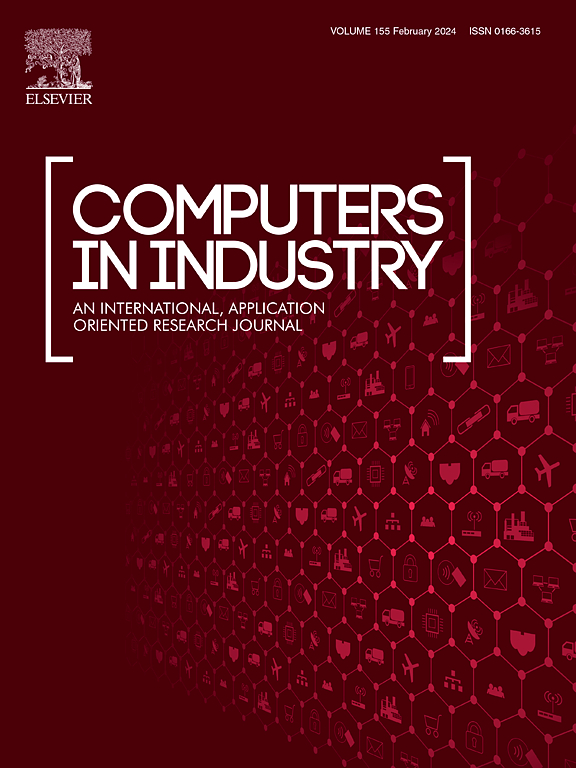Gradient-free physics-informed neural networks (GF-PINNs) for vortex shedding prediction in flow past square cylinders
IF 8.2
1区 计算机科学
Q1 COMPUTER SCIENCE, INTERDISCIPLINARY APPLICATIONS
引用次数: 0
Abstract
Physics-informed neural networks (PINNs) face significant challenges to predict the vortex shedding in the flow past a two-dimensional cylinder, mainly due to complex loss landscapes, spectral bias, and a lack of inductive bias towards periodic functions. To overcome these challenges, a novel gradient-free PINN (GF-PINN) coupled with a U-Net+ + architecture is proposed. For optimizing the complex loss landscape, the skip pathways in U-Net+ + are redesigned to reduce the semantic gap between encoder and decoder feature maps. Then, the stream function instead of velocity, is used as the input and output for the neural network, ensuring flow incompressibility and reducing output dimensionality. This approach aims to overcome the inherent problems of spectral bias and the lack of inductive bias towards periodic functions in PINNs. Furthermore, gradient-free convolutional filters are employed to approximate the derivative terms in the loss function to further optimize the complex loss landscape. A series of numerical experiments and dynamic mode analyses are conducted and the results show that the vortex shedding in the wake of a square cylinder is successfully captured by the proposed model and the estimated drag coefficients and Strouhal numbers are in a good agreement with those predicted by traditional methods. In addition, numerical experiments also show that the model exhibits great capabilities of generalization and extrapolation. This work demonstrates the potential of PINN-based models to effectively solve complex fluid dynamics problems.
无梯度物理信息神经网络(gf - pinn)用于方形圆柱体流动中旋涡脱落的预测
基于物理信息的神经网络(pinn)在预测流过二维圆柱体的流体中的涡落方面面临着重大挑战,这主要是由于复杂的损失、光谱偏倚和缺乏对周期函数的归纳偏倚。为了克服这些挑战,提出了一种新型的无梯度pin - n (GF-PINN)结合U-Net+ +架构。为了优化复杂的损失情况,重新设计了U-Net+ +中的跳过路径,以减少编码器和解码器特征映射之间的语义差距。然后,用流函数代替速度作为神经网络的输入和输出,保证了流不可压缩性,降低了输出维数。该方法旨在克服pinn中固有的频谱偏置和对周期函数缺乏归纳偏置的问题。此外,采用无梯度卷积滤波器对损失函数中的导数项进行近似,进一步优化复杂损失格局。通过一系列的数值实验和动力模态分析,结果表明,该模型成功地捕获了方形圆柱体尾迹的涡脱落,所估计的阻力系数和Strouhal数与传统方法预测的结果吻合较好。此外,数值实验还表明,该模型具有良好的泛化和外推能力。这项工作证明了基于pup模型有效解决复杂流体动力学问题的潜力。
本文章由计算机程序翻译,如有差异,请以英文原文为准。
求助全文
约1分钟内获得全文
求助全文
来源期刊

Computers in Industry
工程技术-计算机:跨学科应用
CiteScore
18.90
自引率
8.00%
发文量
152
审稿时长
22 days
期刊介绍:
The objective of Computers in Industry is to present original, high-quality, application-oriented research papers that:
• Illuminate emerging trends and possibilities in the utilization of Information and Communication Technology in industry;
• Establish connections or integrations across various technology domains within the expansive realm of computer applications for industry;
• Foster connections or integrations across diverse application areas of ICT in industry.
 求助内容:
求助内容: 应助结果提醒方式:
应助结果提醒方式:


